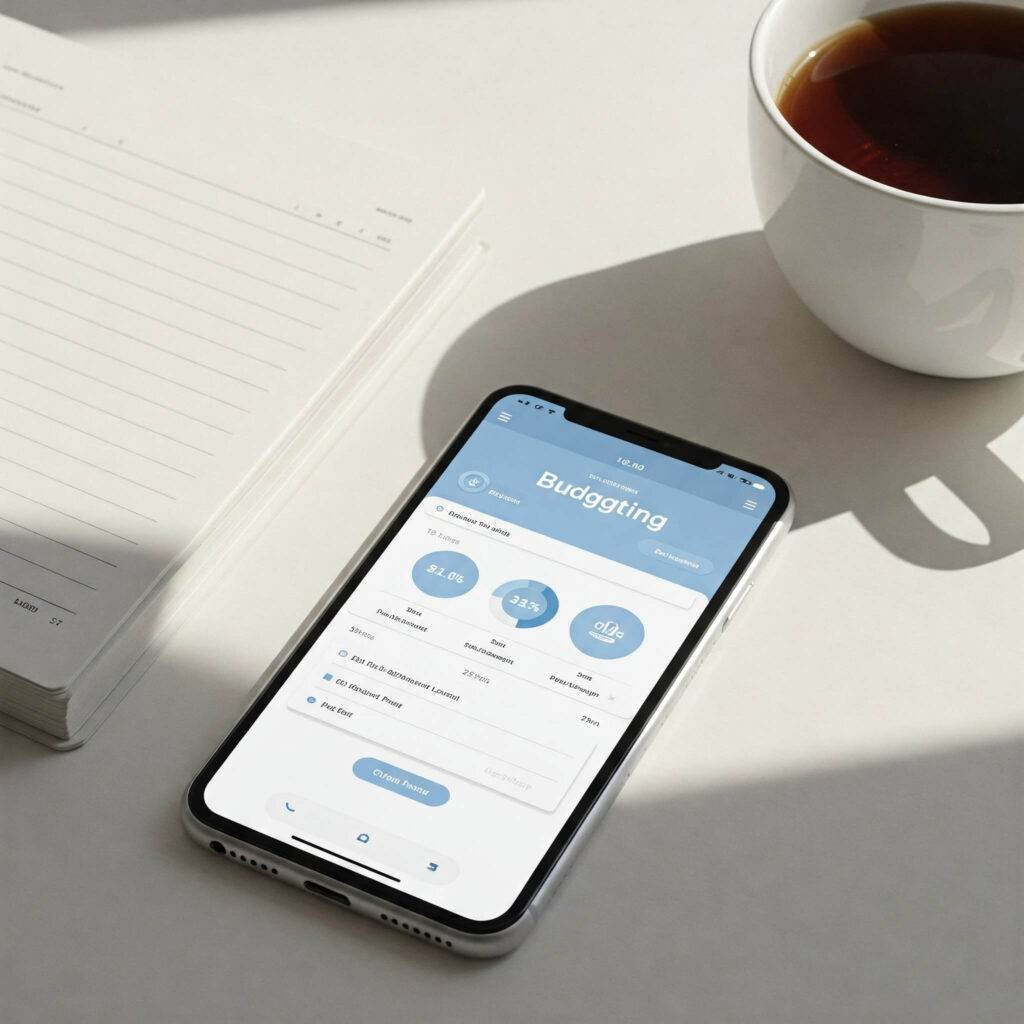Retirement might feel like a distant dream, but the sooner you start retirement planning early, the more secure and comfortable your future will be. Whether you’re in your 20s dreaming of world travel or in your 40s aiming for a peaceful retirement, taking action now can make all the difference. Early planning harnesses the power of time, compound interest, and smart financial decisions to build a nest egg that supports your retirement goals. In this guide, we’ll explore why you should start retirement planning early and share five actionable steps to set you on the path to financial freedom.

Why Start Retirement Planning Early?
When you start retirement planning early, you give your money more time to grow. Time is your greatest asset in building wealth, thanks to compound interest—the process where your earnings generate more earnings over time. For example, if you invest $5,000 at age 25 with an average annual return of 7%, it could grow to over $29,000 by age 65. Wait until age 35 to invest the same amount, and you’d have only about $15,000 by 65. That’s the magic of starting early.
Beyond financial benefits, early planning reduces stress and provides flexibility. A 2023 study by the Employee Benefit Research Institute found that 64% of workers who planned for retirement felt confident about their financial future, compared to just 19% of non-planners. Starting early lets you adjust your strategy as life changes, whether it’s a new job, marriage, or unexpected expenses.
Benefits of Starting Retirement Planning Early
Here’s why prioritizing retirement planning now pays off:
- Maximizes Compound Interest: Your money grows exponentially over time.
- Lower Monthly Contributions: Smaller, consistent savings early on can outpace larger contributions later.
- Flexibility for Life Changes: Early planning allows you to adapt to career shifts or family needs.
- Peace of Mind: Knowing you’re on track reduces financial anxiety.
Outbound Link: Learn more about compound interest from Investopedia’s guide on Compound Interest
5 Key Steps to Start Retirement Planning Early
Ready to take control of your financial future? Follow these five steps to start retirement planning early and build a secure retirement.
Step 1: Define Your Retirement Goals
To start retirement planning early, you need a clear vision of your future. Ask yourself:
- Where do I want to live? A beachside condo or a cozy countryside home?
- What lifestyle do I want? Traveling the world or spending time with family?
- When do I want to retire? Age 55, 65, or somewhere in between?
For example, Sarah, a 28-year-old teacher, dreams of retiring at 60 and traveling Europe. She estimates needing $50,000 annually in retirement. By setting this goal early, she can calculate how much to save and invest now to make it a reality.
Actionable Takeaway: Write down your retirement goals and estimate your annual retirement expenses. Use an online retirement calculator to determine your savings target.
Outbound Link: Try the AARP Retirement Calculator for personalized insights

Step 2: Start Saving with a 401(k) or IRA
The earlier you start saving, the better. Two powerful tools to start retirement planning early are:
- 401(k): An employer-sponsored plan where contributions are tax-deferred. Many employers match contributions, essentially giving you free money.
- IRA (Individual Retirement Account): A personal account with tax advantages. Choose between a Traditional IRA (tax-deferred) or Roth IRA (tax-free withdrawals in retirement).
For instance, contributing $200 monthly to a Roth IRA starting at age 25 could grow to over $400,000 by age 65, assuming a 7% annual return.
Actionable Takeaway: Enroll in your employer’s 401(k) plan and contribute at least enough to get the full match. Open an IRA if you don’t have a 401(k).
Outbound Link: Compare 401(k) vs. IRA at Fidelity’s Retirement Planning Guide
Step 3: Leverage Compound Interest with Investments
To start retirement planning early, invest your savings wisely. Stocks, mutual funds, and exchange-traded funds (ETFs) offer higher returns than traditional savings accounts. While investments carry risks, a diversified portfolio minimizes them.
Consider low-cost, broad-market index funds, which track the overall market and historically deliver 7–10% annual returns. For example, John, a 30-year-old engineer, invests $10,000 in an S&P 500 index fund. By age 65, it could grow to over $76,000 with an 8% return.
Actionable Takeaway: Open a brokerage account and invest in low-cost index funds or ETFs. Start small and increase contributions as your income grows.
Step 4: Create a Budget to Boost Savings
Saving for retirement requires discipline. A budget helps you prioritize retirement contributions by cutting unnecessary expenses. Use the 50/30/20 rule:
- 50% of income for necessities (housing, food).
- 30% for wants (dining out, entertainment).
- 20% for savings and debt repayment, including retirement.
For example, cutting $100 monthly from dining out and redirecting it to your 401(k) could add $120,000 to your retirement savings over 30 years.
Actionable Takeaway: Track your spending for 30 days, identify areas to cut, and redirect savings to your retirement accounts.

Step 5: Review and Adjust Your Plan Regularly
Retirement planning isn’t a set-it-and-forget-it task. Life changes—marriage, kids, job switches—require adjustments. Review your plan annually to:
- Increase contributions as your income grows.
- Rebalance your investment portfolio to match your risk tolerance.
- Update your retirement goals as needed.
Actionable Takeaway: Schedule an annual “retirement checkup” to review your savings, investments, and goals. Consult a financial advisor if needed.
Outbound Link: Find a certified financial planner via CFP Board
Common Mistakes to Avoid When You Start Retirement Planning Early
- Waiting Too Long: Delaying savings reduces the power of compound interest.
- Not Diversifying Investments: Putting all your money in one stock or fund increases risk.
- Ignoring Fees: High investment fees can erode your savings over time.
- Underestimating Expenses: Plan for healthcare, inflation, and unexpected costs.
Final Thoughts: Start Retirement Planning Early for a Secure Future
The key to a comfortable retirement is to start retirement planning early. By defining your goals, saving in a 401(k) or IRA, investing wisely, budgeting effectively, and reviewing your plan regularly, you can build a nest egg that supports your dreams. Don’t wait for the “perfect” time—start small, stay consistent, and let time work its magic.
What’s one step you’ll take today to start retirement planning early? Share your thoughts in the comments below!

